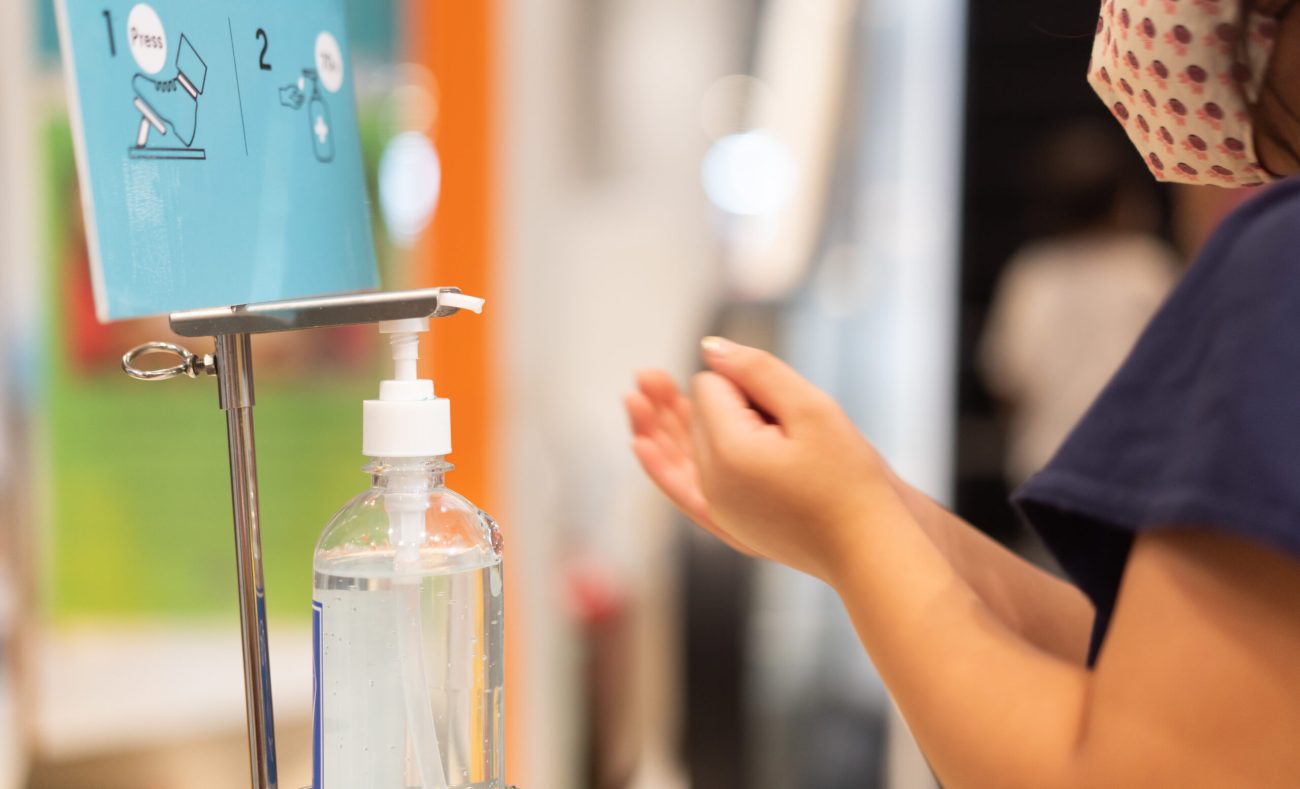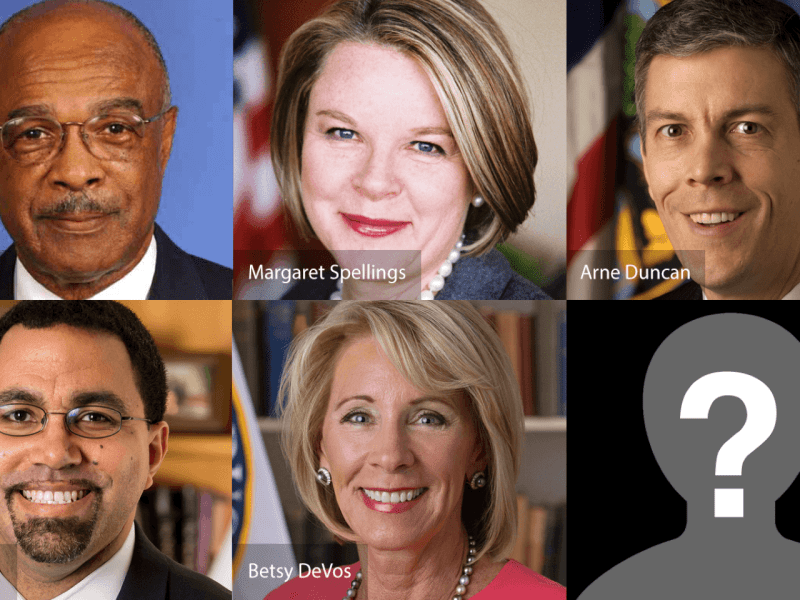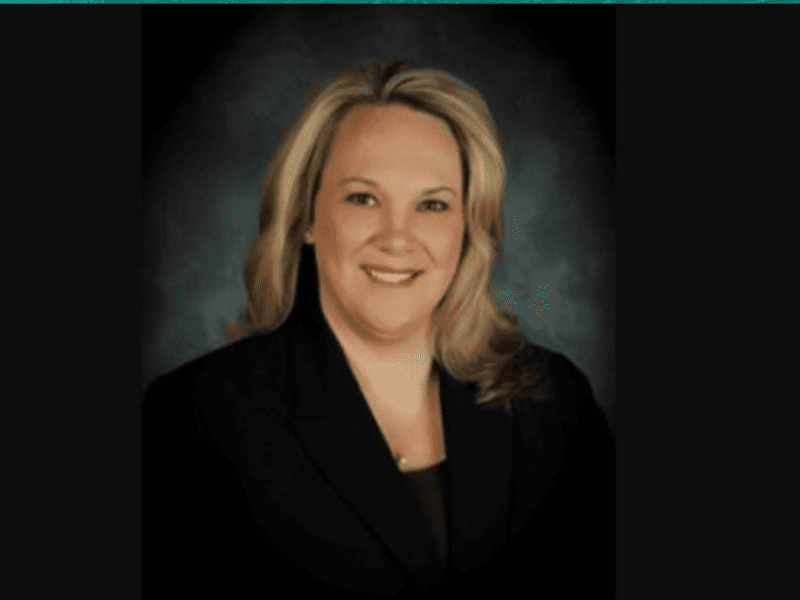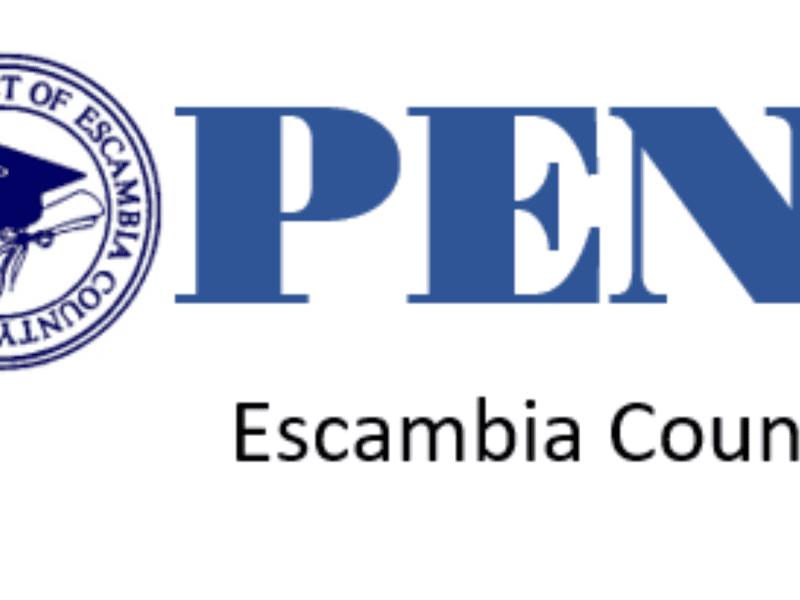Trade-offs in school reopenings
The Gainesville Sun | by F. Chris Curran and Lelydeyvis Boza | November 3, 2020
Policymakers nationwide have grappled with how to resume in-person schooling. While almost all Florida districts started the year with in-person schooling as an option, about a third of districts nationwide did not. Some of the largest districts, including Miami-Dade, only resumed in-person schooling in the past month.
In-person schooling is optimal for the academic progress of most students, but doing so potentially comes with health trade-offs. Evidence on COVID spread in schools is incomplete, yet leaders and families confront real choices about whether to return to in-person schooling.
On balance, the emergent evidence suggests that in-person schooling is probably safer than we originally expected, though not without health risks. On the one hand, some initial analyses have found relatively low rates of COVID in schools. For example, a recent sample of students and teachers in New York City found a positivity rate of only 0.15%.
In Florida, state data as of Oct. 24 showed only 52 public schools statewide with more than 10 student cases since early September. Analysis by a Brown University economist last month led to the headline that “Schools Aren’t Super-Spreaders.”
Yet, cases among students have emerged. Relatively low rates to date do not mean that schools do not have the potential to be sites of spread.
There is no COVID-proof reopening plan, and schools are navigating unchartered waters in implementation. What’s more, we are likely missing asymptomatic carriers due to a lack of regular testing in schools.
Without a centralized national database of school cases, some cases go uncounted. As one of only about half of states publicly reporting school cases, Florida is ahead of the curve, though critics have pointed to discrepancies between state and district data.
We know, however, that there are also costs associated with disrupted learning. Recent research has documented the negative academic impacts of closures, particularly on marginalized subgroups.
Many schools have struggled with ensuring all students are regularly engaging with remote instruction, and there are potential social-emotional costs of being physically disconnected from school communities. Furthermore, for many families, schools are an important source of child care and a necessity for parents to work.
How do we confront these trade-offs then? Florida’s emphasis on choice provides one viable approach. Districts have been given flexibility to adapt to local conditions, and families have choices between remote and in-person instruction, though some students, particularly those from more disadvantaged backgrounds, may have constrained choices due to parent work situations and resources.
With students learning in-person, then, it is important to understand which policies and practices may help minimize potential trade-offs. At the University of Florida’s Education Policy Research Center, we tracked school district reopening plans from mid-summer through the start of the school year.
In recent weeks, we have examined how policies in reopening plans relate to reported cases in schools. While our results are correlational and cannot be interpreted as the effect of various policies, certain policies appear related to lower student COVID rates.
First, beginning the school year entirely remote, as districts such as Broward and Hillsborough did, was the strongest predictor of lower student rates. This suggests that remote learning should not be completely off the table, particularly where community and school spread are significant.
Next, for districts that did reopen in person, the most consistent predictor of lower student rates was a mask requirement. Notably, around a third of districts did not include mask requirements in their reopening plans.
Other practices, such as temperature checks, did not systematically predict lower rates. Delaying the start of school was also not a strong predictor of lower rates, though delaying may have been valuable for preparation.
While the situation continues to evolve, it is encouraging that school cases in Florida are lower than expected. This is largely a testament to policies that allow many students to learn remotely and to the hard work of school personnel who are implementing safety protocols, quarantining exposed individuals and working tirelessly to keep students safe while delivering quality instruction.
A recent statement by Alachua County Public Schools details their efforts in limiting spread and suggests that most of their school cases are linked to extracurricular or social activities outside of school.
It would be premature to return to schooling as we knew it pre-COVID, but the lessons learned in Florida — such as choice of in-person or remote learning and promoting policies like mask use — suggest how other districts nationally can safeguard student health while reopening schools and how Florida schools can continue to support student learning and health.






